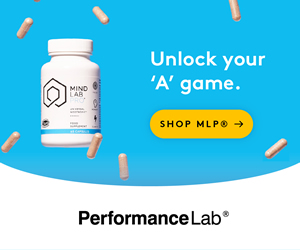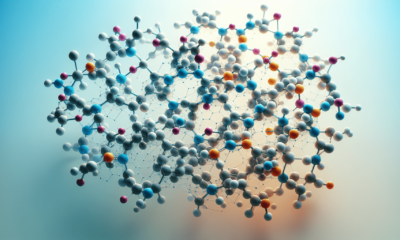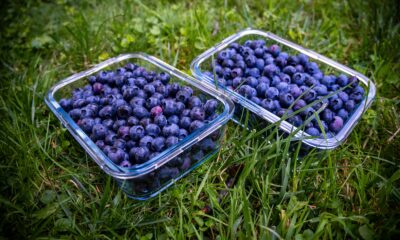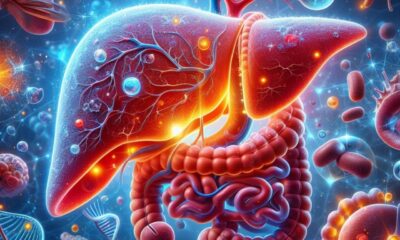Health and Wellness
Natural Sources for Astaxanthin
Discover natural sources of astaxanthin, a potent antioxidant found in seafood like salmon and shrimp, offering numerous health benefits. Learn how to boost your diet naturally.
Have you ever wondered how to get astaxanthin naturally? This powerful antioxidant is responsible for the vibrant red and pink colors in various seafood and is acclaimed for its numerous health benefits. Whether you’re seeking to boost your diet naturally or simply understand more about this fascinating compound, it’s helpful to know where you can find it in the natural world.
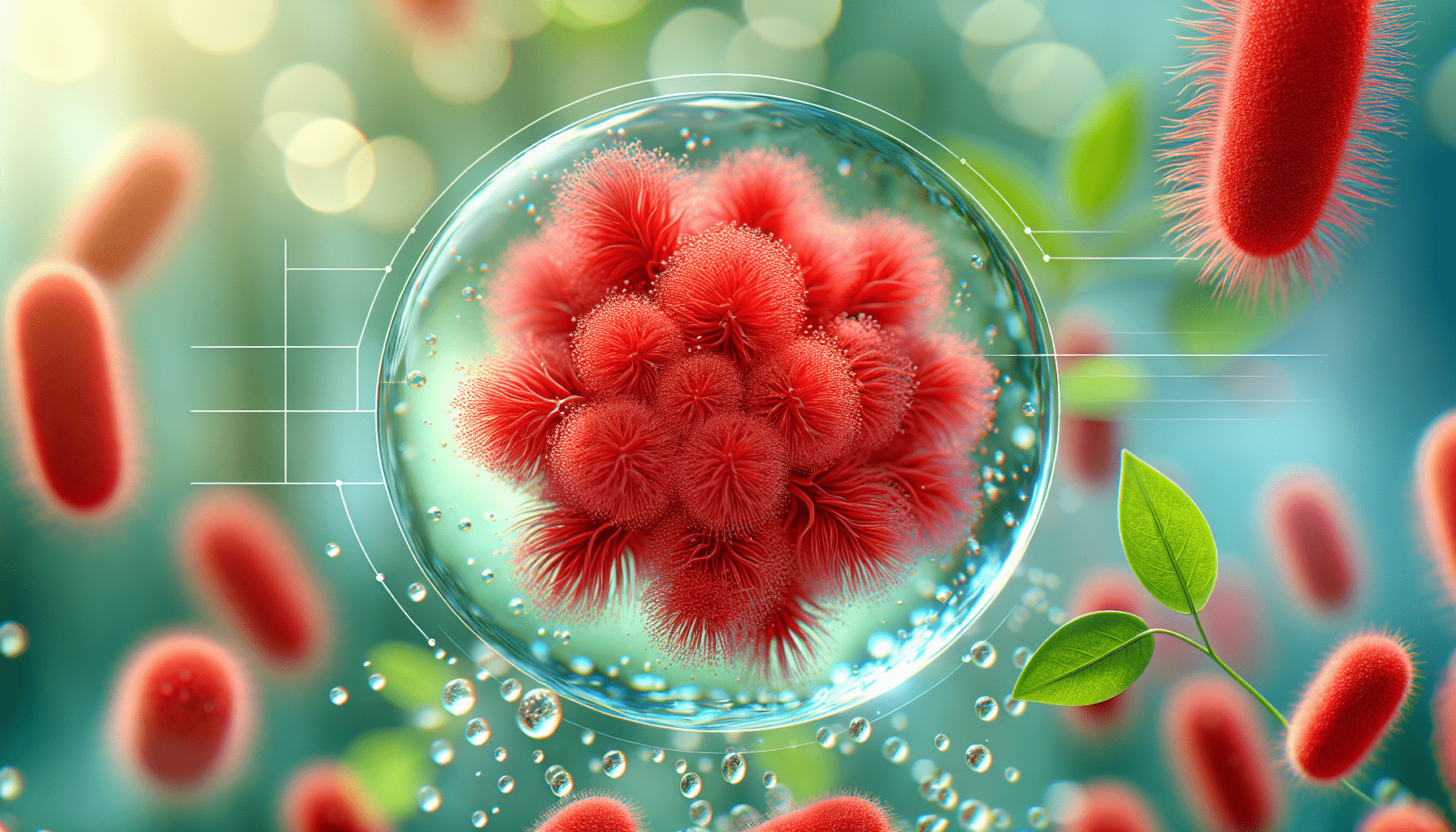
What is Astaxanthin?
Astaxanthin is a type of carotenoid, a pigment found in numerous plants and animals. What sets it apart is its powerful antioxidant properties. It’s the compound that gives salmon, trout, shrimp, and lobster their distinctive red color. Not only does it provide vibrant pigmentation, but it also supports numerous health benefits, from enhancing skin health to improving cardiovascular function.
Health Benefits of Astaxanthin
Astaxanthin is lauded for its various health benefits, making it a popular supplement in health and wellness circles. Let’s break down some of its key benefits:
- Antioxidant Power: Astaxanthin is known for its high antioxidant capacity, which helps neutralize free radicals in the body, reducing oxidative stress.
- Anti-Inflammatory Properties: Its ability to decrease inflammation can alleviate symptoms of chronic diseases like arthritis.
- Skin Health: By reducing UV-induced skin damage, astaxanthin can improve skin elasticity and reduce wrinkles.
- Eye Health: This carotenoid helps in protecting eyes from oxidative stress and reducing the risk of age-related macular degeneration.
- Cardiovascular Health: Astaxanthin can improve lipid profiles, supporting heart health.
Natural Sources of Astaxanthin
You might be curious about how to incorporate more astaxanthin into your diet naturally. Here’s a detailed look at some of the primary natural sources:
Marine Sources
Marine sources are the most potent and accessible sources of astaxanthin. These include:
Salmon
Wild-caught salmon, especially Sockeye salmon, is one of the richest natural sources of astaxanthin. The rich, reddish hue of salmon is a clear indicator of its high astaxanthin content.
Astaxanthin Content in Salmon:
| Salmon Type | Astaxanthin Content (mg/100g) |
|---|---|
| Wild Sockeye Salmon | 4 – 10 |
| Farmed Atlantic Salmon | 0.5 – 3 |
| Coho Salmon | 0.8 – 2 |
Trout
Trout, particularly rainbow trout, is another excellent source of astaxanthin. Like salmon, the carotenoid gives trout its pinkish color.
Shrimp and Crustaceans
Shrimp, lobster, and crab are also rich in astaxanthin. When you cook these crustaceans and they turn that beautiful red or pink color, that’s the astaxanthin becoming more prominent.
Astaxanthin Content in Shrimp and Other Crustaceans:
| Crustacean Type | Astaxanthin Content (mg/100g) |
|---|---|
| Cooked Shrimp | 4 – 5 |
| Lobster | 3 – 4 |
| Crab | 0.5 – 1.1 |
Microalgae
One of the most concentrated sources of astaxanthin is a type of microalgae called Haematococcus pluvialis. While you might not consume microalgae directly, many astaxanthin supplements derive this potent antioxidant from Haematococcus pluvialis. Some health foods might also incorporate this microalga in powdered or tablet form.
Yeast
The yeast species Phaffia rhodozyma is another natural source of astaxanthin. While not as commonly consumed directly by humans, it’s often utilized as a natural feed additive in aquaculture to enhance the pink coloration and astaxanthin content of farmed fish like salmon and trout.
Red Seafood
Fish roe, or fish eggs, especially from species like salmon and scallop, are rich in astaxanthin. Consuming dishes like caviar or sushi with fish roe can be an exciting and delicious way to get your astaxanthin.
Review of Some Unfamiliar Sources
Certain species within the animal kingdom produce astaxanthin as a part of their natural dietary process, often through the consumption of those primary producers like microalgae. However, some lesser-known sources include:
Krill
These small crustaceans are prevalent in the Antarctic Ocean and are a significant source of astaxanthin. Krill oil supplements, derived from these creatures, are another way to incorporate more of this antioxidant into your diet.
Red Seabream
Although not as common as salmon, red seabream is a fish known for its astaxanthin content. It’s often found in Japanese cuisine, adding both a vibrant hue and numerous health benefits to various dishes.
How to Integrate Astaxanthin into Your Diet
If you’re aiming to boost your astaxanthin intake, it’s relatively straightforward with the right dietary choices. Here are some practical ways you can include more natural sources of astaxanthin in your meals:
Opt for Wild-Caught Seafood
Whenever you purchase fish or shellfish, try to choose wild-caught varieties. Wild salmon and trout tend to have higher astaxanthin levels because they acquire it from their natural diets, primarily consisting of astaxanthin-rich krill and algae.
Explore Different Cuisines
Dishes from various cultures can offer unique ways to enjoy astaxanthin-rich foods. Japanese cuisine, in particular, is a treasure trove of dishes that include fish roe, trout, and other seafood. Try dishes like sushi, sashimi, or ikura (salmon roe) to switch things up.
Incorporate Algae Products
Spirulina and chlorella, two types of nutrient-dense algae, can sometimes be enriched with astaxanthin. These can be added to smoothies, juices, or even sprinkled over salads.
Cook with Crustaceans
Adding shrimp, lobster, or crab to your meals can not only boost your astaxanthin intake but also add rich flavors. Think shrimp tacos, lobster rolls, or crab cakes.
Supplements as an Alternative
While obtaining astaxanthin from natural food sources is ideal, not everyone can frequently consume enough of these foods. Therefore, supplements can be a convenient alternative. Derived primarily from the microalga Haematococcus pluvialis, commercial astaxanthin supplements are widely available and vary in dosage.
Choosing the Right Supplement
When selecting an astaxanthin supplement, it’s crucial to consider:
- Source: Ensure the supplement is derived from natural sources, preferably Haematococcus pluvialis.
- Dosage: Common dosages range from 4-12 mg per day. Consult your healthcare provider for a recommendation tailored to your needs.
- Quality: Look for a reputable brand that provides transparency about their sourcing and manufacturing processes.
Supplement Comparison Table:
| Brand Name | Source | Dosage (mg) | Price (per month) | Additional Ingredients |
|---|---|---|---|---|
| Nutrex Hawaii | Haematococcus pluvialis | 12 | $25 | None |
| BioAstin | Haematococcus pluvialis | 4-12 | $20-$35 | Omega-3 Fish Oil, Vitamin E |
| NOW Astaxanthin | Haematococcus pluvialis | 4 | $15 | Olive Oil |
Benefits and Considerations
Opting for a supplement can ensure you get a consistent and adequate dosage of astaxanthin. However, supplements should not entirely replace dietary sources, as the latter offer additional vitamins, minerals, and nutrients.
Potential Side Effects and Considerations
Astaxanthin is generally recognized as safe for consumption, especially when taken from natural sources. However, while rare, some individuals might experience mild side effects such as:
- Skin pigmentation changes: Due to its pigment properties, excessive consumption might cause a slight orange tint to the skin.
- Digestive issues: Some people may experience stomach discomfort or bowel movement changes.
Who Should Avoid Astaxanthin?
Certain groups should exercise caution or avoid astaxanthin supplements unless advised by a healthcare provider. These include:
- Pregnant or breastfeeding women: Limited studies on its safety in this group mean it’s best to err on the side of caution.
- Individuals with allergies: If you have an allergy to seafood or shellfish, it’s important to consult your doctor before adding astaxanthin to your diet.
- Individuals on medication: Always check with your healthcare provider, as astaxanthin could potentially interact with certain medications.
The Role of Farming and Sustainability
Sourcing astaxanthin naturally brings up considerations regarding farming practices and sustainability.
Sustainable Seafood Choices
Opting for sustainably caught seafood not only benefits your health by providing better nutritional profiles but also supports the environment. Check for certifications like MSC (Marine Stewardship Council) labels to make environmentally-friendly choices.
Algae Farming
Algae farming, particularly for astaxanthin extraction, can be relatively sustainable. It requires fewer resources compared to other agricultural practices and can be performed in controlled environments that minimize environmental impact.
Conclusion
Astaxanthin is a potent antioxidant that can be naturally sourced from a variety of marine and freshwater organisms. Incorporating wild-caught salmon, trout, shrimp, lobster, and even microalgae into your diet can help you reap its benefits naturally. When necessary, supplements offer a reliable alternative, but should be chosen carefully.
Understanding the diverse natural sources and considering sustainable practices while sourcing your food can go a long way. As always, it’s best to consult your healthcare provider for personalized advice, ensuring that adding astaxanthin to your regimen is both safe and effective for you.


